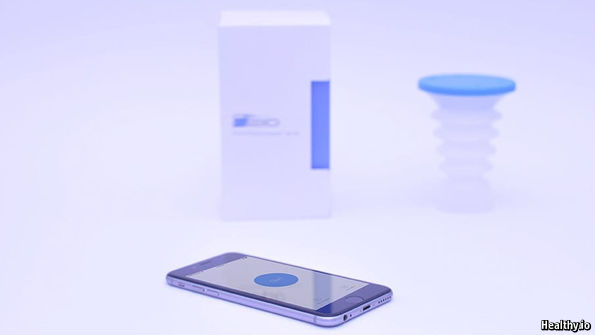The rise of the medical selfie

OF THE millions of photos shared online every day, which most faithfully represent their subjects? The popular #nofilter hashtag would suggest it is those that have not been digitally altered. But photographs of the same thing can differ greatly, depending on ambient light and the distance and angle they were taken from. So the right manipulation can actually make a picture more honest—and therefore more useful for medical purposes.
That is the idea behind an app from Healthy.io, an Israeli firm. Dip.io, as this app is known, uses mobile-phone cameras for clinical-grade urine analysis. The patient follows the instructions, waits for the colours on the dipstick to develop and then takes a picture of it against the background of a proprietary colour card. The app uses the card to correct the colours so that the dipstick appears as if in a neutral, standard ambient light. The result is then analysed automatically, in light of the patient’s medical history. If this analysis suggests a consultation or prescription is needed, that can also be arranged automatically.
The first urine-dipstick test was developed in 1956, to look for glucose,…Continue reading
Source: Economist




